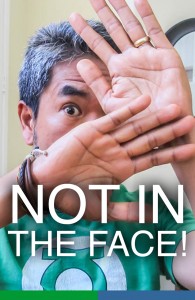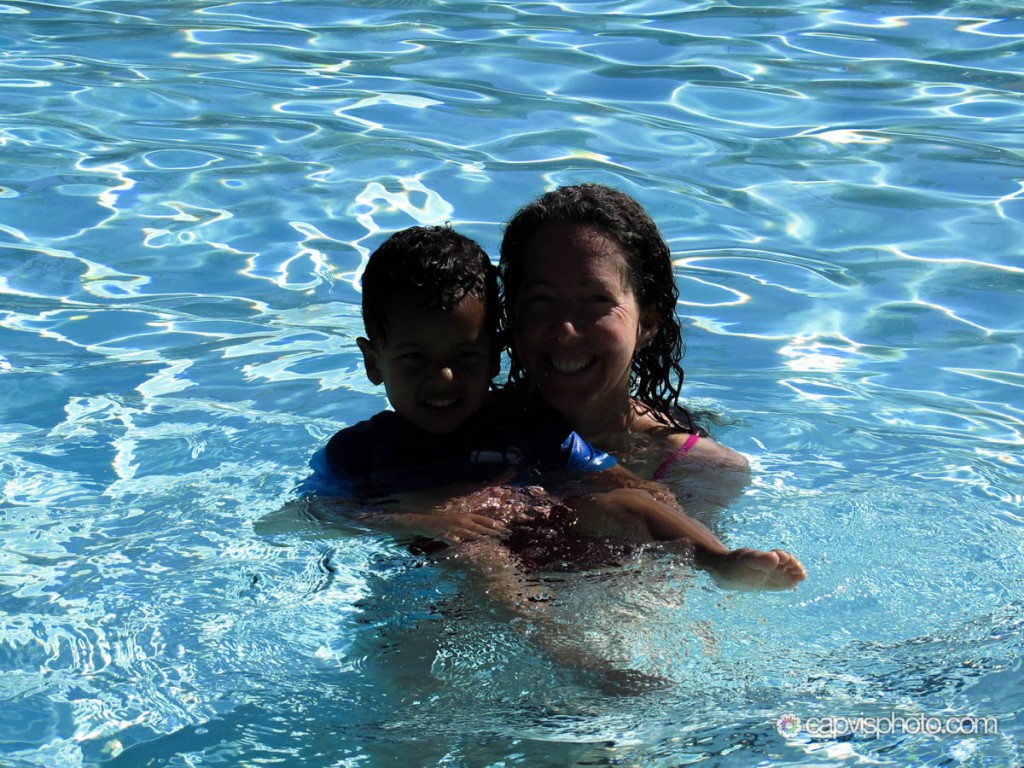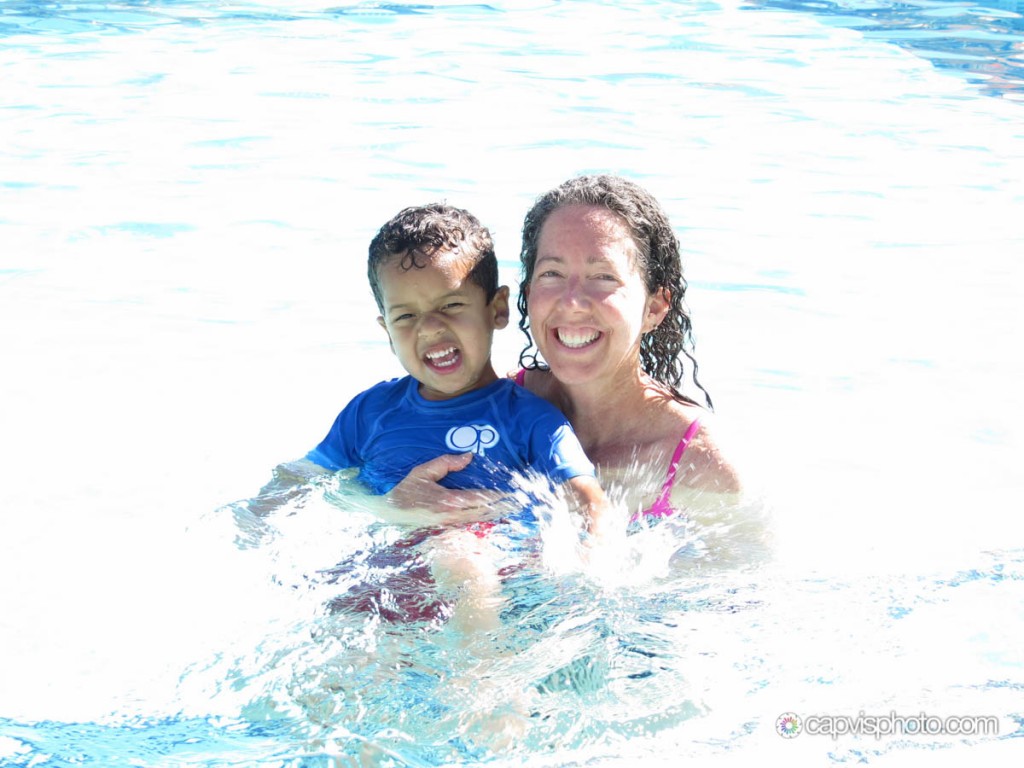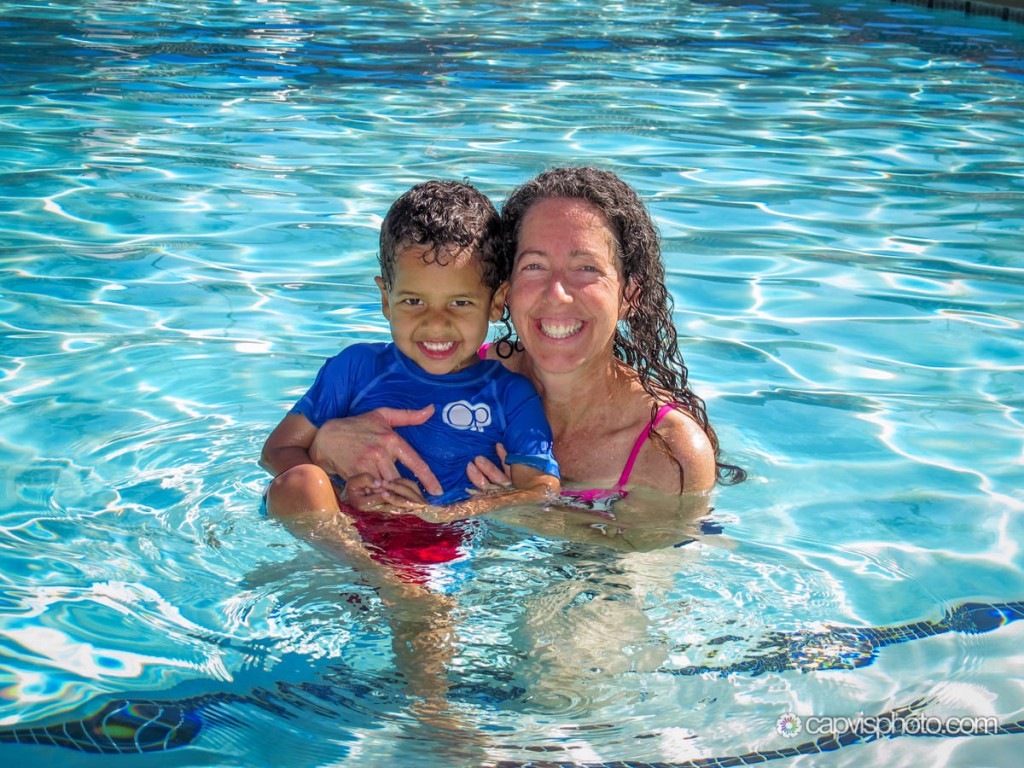 I’ve loved photography for as long as I can remember. Seriously. I can remember being a little kid, growing up in San Diego and getting my first plastic 120 film camera. I learned how to load the film off the spool into the camera in the dark. I later “graduated” to a 110 pocket instamatic that used cartridge film. I remember how careful I was not to waste my precious film. I had to make each shot count. It was an expensive hobby for a little kid! Film was expensive. Developing costs were expensive. Prints were expensive. This was serious business! I remember getting my first lessons on how to take pictures from my parents. They would say to me “Okay heres how you do this: To take a picture of people, you face them towards the sun. You have the sun at your back, then snap the picture. That way the light will shine on them and you’ll be able to see their faces.” Have the bright sunlight blast them directly in their faces! I’m sure a lot of people learned to take pictures using the “subject’s-face-towards-the-sun” method. The only problem is … it’s all wrong.
I’ve loved photography for as long as I can remember. Seriously. I can remember being a little kid, growing up in San Diego and getting my first plastic 120 film camera. I learned how to load the film off the spool into the camera in the dark. I later “graduated” to a 110 pocket instamatic that used cartridge film. I remember how careful I was not to waste my precious film. I had to make each shot count. It was an expensive hobby for a little kid! Film was expensive. Developing costs were expensive. Prints were expensive. This was serious business! I remember getting my first lessons on how to take pictures from my parents. They would say to me “Okay heres how you do this: To take a picture of people, you face them towards the sun. You have the sun at your back, then snap the picture. That way the light will shine on them and you’ll be able to see their faces.” Have the bright sunlight blast them directly in their faces! I’m sure a lot of people learned to take pictures using the “subject’s-face-towards-the-sun” method. The only problem is … it’s all wrong.
With the sun in their faces, your subject will most likely squint. You might get harsh, blown out light on them and pictures generally look like a snapshot. What to do?
Given a choice, I’d rather light my subjects from the side or the back. It helps keep away the squinties and puts a nice hair or rim light on my subjects. However, there’s a problem: Their faces will be, in relation to the background, in a shadow. The reason that this happens is because cameras have a difficult time dealing with really bright and really dark areas. Either your background will have nice color and detail but your shaded faces will be dark, OR you’ll be able to see the shaded faces nicely, but the background will be blown out and almost white with no detail. What to do?
Pop in some flash. I know, it’s counterintuitive to use a flash on a bright day, but it works and really gives your pictures a polished, non-snapshot look. See the example images below.
The water looks good and is exposed well, but their faces are in the shadow.
Now it’s well exposed for their faces, but the water has lost all detail and is “blown out”.
Here the exposure is the same as the first, so the water looks good again, but this time I popped the flash to light up their faces.
I had my subjects face away from the sun in these shots. In the first picture, the pool water is nicely exposed, but my subjects are dark in the shade. In the second picture, I adjusted my camera so that I could see their faces, but now the water was blown out. In the last shot, I set the exposure as in the first picture so that the water would have detail, but I also popped the flash so that I would light up their shaded faces. Note: the flash on most mobile phones (at the time of this writing) is not powerful enough to pull off this technique.
In order to do this, you’ll need to be able to manually turn on your flash. MOST cameras will allow you to do this. (You probably won’t be able to do this in “Full-Auto” mode. In full-auto mode, your camera sees that there’s a lot of light and will refuse to turn the flash on.) Once you’ve got your flash firing, another thing that most cameras will also allow you to do is regulate the brightness of the flash. This is known as flash compensation. You can increase or decrease the power of your flash. Look for something that looks like the icon below.
Most point and shoot cameras have a rather weak flash and may not light up your shadowed subject well. There are a couple things you can do about this. First move in as close as you can. You can significantly increase the amount of light that hits your subject by moving closer. Don’t just zoom in with your camera lens, you may be able to optically bring your subject close, but your flash will still be farther away. Of course you’ll still want to compose your shot well, but if you have a choice, move in. The second thing that you can do is to increase the power of your flash by using flash compensation. Again, each camera does this in a different way but (from my experience) all cameras are capable of doing this. By moving in closer and increasing the power of the camera’s flash, I’ve been able to fill shadows and light up faces enough to compensate for the shadows being cast. You of course want to make sure your photos are in focus, nice and sharp.
Your assignment: Go out and experiment with your camera. Take some pictures of a subject that is backlit, then turn on the flash and see the difference. Regulate the amount of flash on your subject by moving closer and using the built in “flash compensation” and adjust accordingly.
Below is a video that I created showing another example of this trick. I used my compact camera to take these shots.
How to take sharper photos






Wow. Such good information here. I can’t wait to really get in and read all the articles Sonny has provided. Great information guys. thanks.
Useful info on photographing people outside in the sun and giving examples to show the effect is excellent.
When using this technique, be careful not to use too much flash. If the subject is heavily lit with the flat, straight-on flash, and everything else is lit from a different direction (and by warmer light, if it’s late in the day), it can look like the subject was “Photoshopped” into the photo. In a perfect world, of course, you wouldn’t need to use the flash because you’d have a lovely assistant with a reflector!
Now I understand what my friends have been telling me about the exposure and using the flash. They said the flash can be a great tool if used right. Thanks Sonny!
Sonny has such a great way of making it all seem so simple. You don’t have to remember a ton of things to take better pictures, just a few things. I never knew you could take a flash outside in the sun. Again, it makes a lot of sense not to have people facing the sun…is that how smizing got its start Sonny?!
Thanks, Sonny. I’ve tried this before, but didn’t fully understand why. I always like to know why something works. Plus it will help with people I’m photographing or those on the side-line start trying to correct my set up. 🙂 Always a great teacher!!!
I never knew you could use flash in the light! That is a great tip! Thanks.
I need to go out and see if I can capture “catchlights” in my kids eyes. Great video that goes along with this article.
Yes, we have found that using a flash really does help with lighting up dark faces or seeing faces in shadows. I do have to confess that I still make people stand facing the sun! Beginning today, I’ll not do that …. all the time! 🙂
Thanks for your good advice.
Excellent advice. Thanks Sonny. We tend to forget the basics sometimes.
Yup, gotta start with the basics!